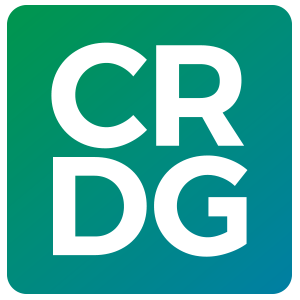23 Jul Support for Students Learning Mathematics via Student-Centered Curricula
Taking a closer look at one’s own work can reveal new insights. CRDG curricula are designed to support success for all children, but what are the particular features of these curricula that make this possible? To probe this question, mathematics education faculty Hannah Slovin and Fay Zenigami and special education faculty from the University of Hawai‘i, College of Education have been collaborating on research about the supports needed for at-risk and struggling students learning mathematics through curricula developed for a constructivist environment. Using classroom observation data from a first-grade class and a sixth-grade class, the researchers identified areas where the respective curricula and pedagogy promoting student-centered learning posed specific challenges for struggling learners and suggested the potential supports that could help students access critical content and processes.
The team observed the classes to investigate how learning activities and group discussions were orchestrated and focused on case studies to examine more closely how this learning environment affects individual children.
A common feature of the elementary- and middle-school curricula in the observed classes is that students are engaged in solving problems that have more than one solution, including those with more than one outcome as well as those with more than one approach to reaching an answer. Furthermore, students are expected to collaborate to share ideas, ask questions, and explain their thinking so they can build conceptual understanding. Utilizing different strategies, comparing and contrasting methods, and making connections between approaches allowed students more access to solve and make sense of problems and provided opportunities to make mathematical generalizations. Communicating through concrete, pictorial, oral, and written forms required students to transmit, receive and reflect on shared information to begin developing their own understandings of the mathematics.




